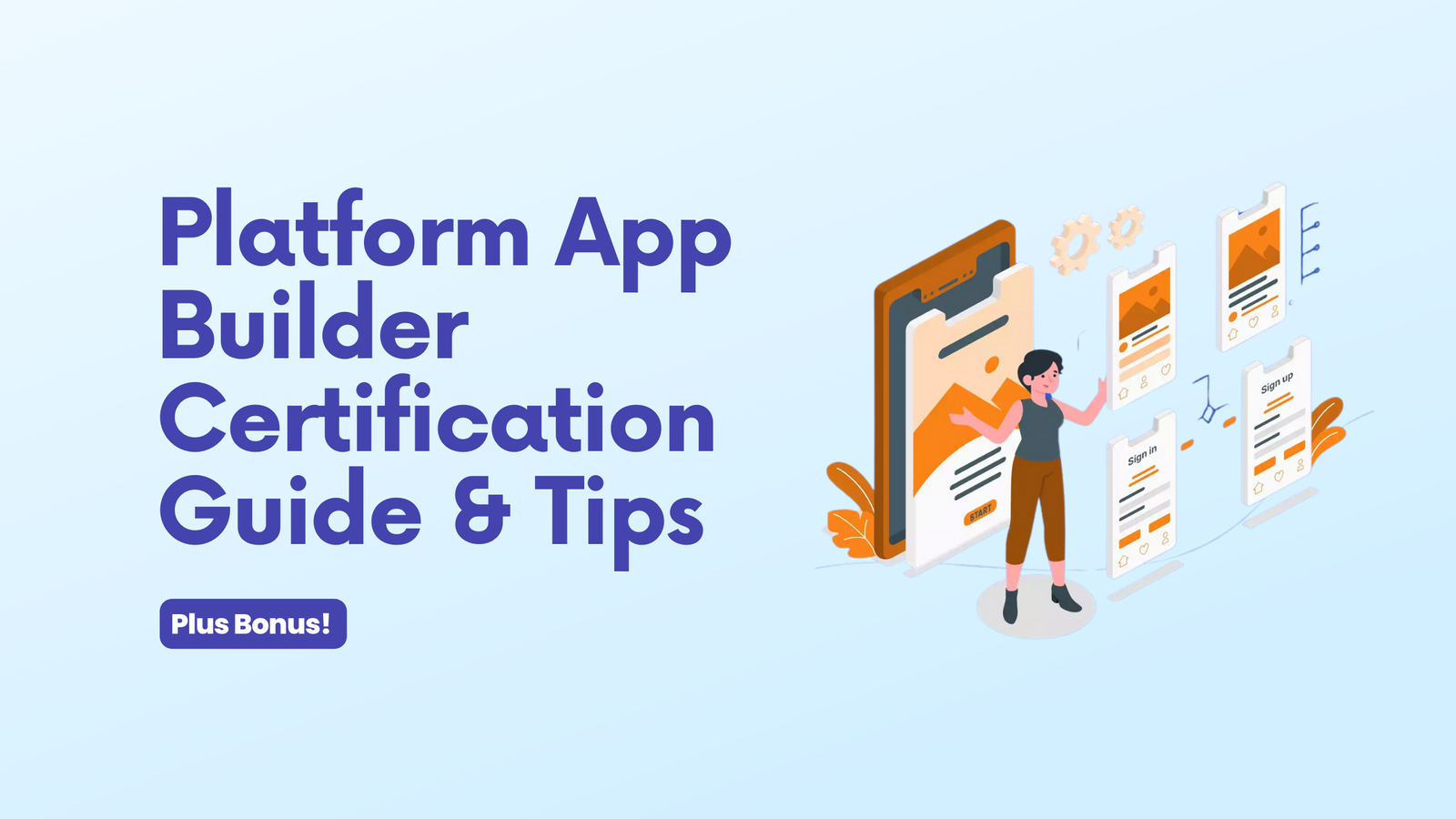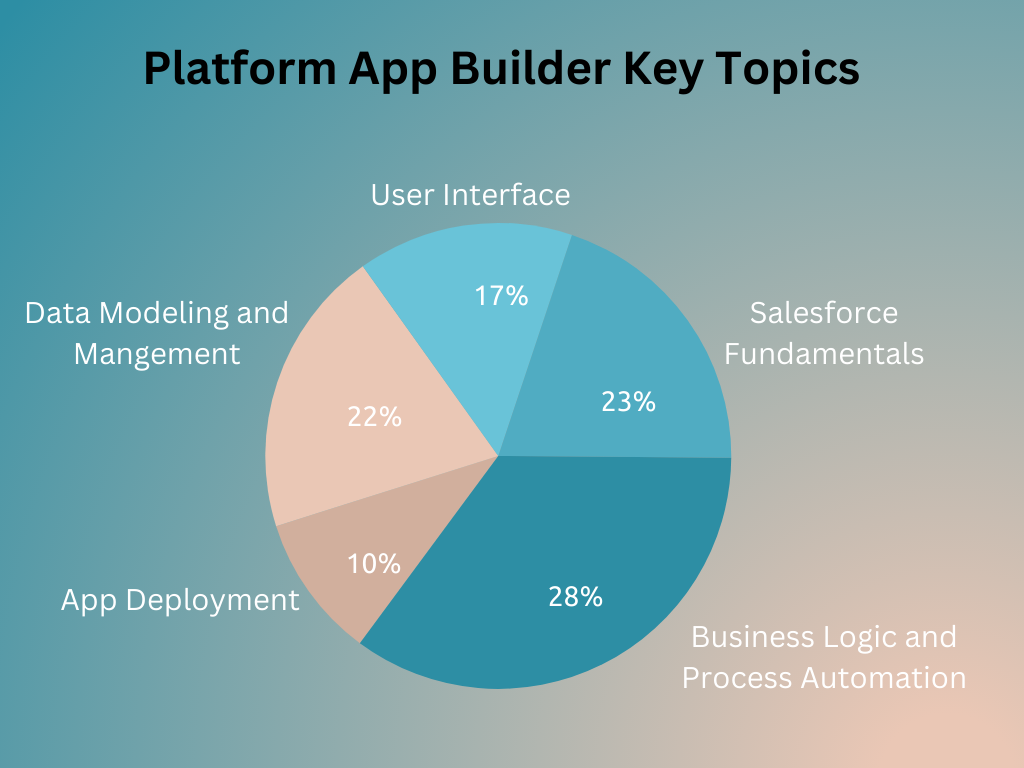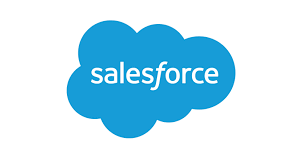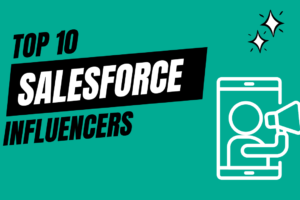
Platform App Builder Certification Guide & Tips
For Salesforce professionals who desire to show that they are proficient in creating customized applications on the Salesforce platform with clicks rather than codes, the Salesforce Platform App Builder certification is ideal for them. Additionally, candidates will show that they have a solid grasp of deployment and understand when a programmed solution is preferable. Let’s explain Platform App Builder Certification Guide & Tips.
Here is the eligibility criteria for this test:
- Entry-level certification
- 3-6 months of experience required
- No prerequisites in terms of other qualifications
- $200 fee
IDEAL CANDIDATE
Any Salesforce professional, irrespective of their role, should pursue this certification. The information and skills you get from studying for the test will be incredibly useful to anyone working with the platforms. This exam covers all of Salesforce’s outstanding features, including the ability to quickly construct customized applications and procedures.
KEY TOPICS
Platform App Builder certifications covers the following topics:
- Salesforce Fundamentals
- Data Modeling and Management
- Business Logic and Process Automation
- User Interface
- App Deployment

Salesforce Fundamentals – 23%
Since many of the topics in this part are also covered in the Admin test, you could already be familiar with many of them. Refresh your knowledge of chatter, reports, dashboards, object, record, and field access, sharing solutions. Focus on enhancing your understanding of the mobile experience and utilizing global or object-specific actions and layouts.
It will be required of you to understand when programmatic modifications should be made and when you have gone over the bounds of syntactic customization. This includes knowing when to use the AppExchange to expand and improve your organization.
Data Modeling and Management – 22%
The Salesforce data model, which comprises both default and customized objects, fields, and links, is the focus of this section. The key is knowing when to employ a many-to-many relationship and the distinctions between a lookup and a master-detail relationship. This test requires you to comprehend the features and limitations of the schema builder, which is an excellent tool for expanding and visualizing your data model.
It is important that you comprehend the various types of fields and when it’s appropriate to use them. You will most likely be asked a question concerning altering field types and potential data loss, so save these combinations to memory and give them a try for a secured score. Finally, you should review the tools, factors, and processes involved in importing and exporting data from external sources.
Business Logic and Process Automation – 28%
More than 25% of the test will be devoted to this dense subject, so you should study all the content! Your understanding of Formula Fields, Roll-up Summary Fields, Validation Rules, Approval Processes, Workflow, Process Builder, and Flow are going to be tested in this section.
The majority of the exam’s questions are scenario-based, so you’ll be expected to suggest the best course of action given a particular circumstance. Since the aforementioned elements are all essential to the platform, you should become well-versed in them.
User Interface – 17%
You should learn about the elements that make the Salesforce platform user-friendly in addition to delving into its technical point-and-click aspects. Now that the majority of Salesforce users are using Lightning, there are a ton of opportunities to develop beautiful user experiences.
It will be expected of you to know the differences between standard, custom, and AppExchange components as well as how and where to employ Lightning Components.
Additionally, you will be tested on how adding personalized buttons, links, and actions can help consumers’ lives get easier.
App Deployment – 10%
This is the most basic part of the exam, but for people who are less experienced with Salesforce Administration or who work in smaller organizations, it may be a significant problem.
You should be familiar with testing and deploying changes from a sandbox before moving on to this section. Change sets are something you should know a lot about, including when to utilize them and when not to.
Additionally, you must be aware of the applications and distinctions between monitored and uncontrolled packages.
Study Strategy
Don’t be daunted by the extensive topics covered in the Platform App Builder Certification. If you work as an administrator or consultant, you probably already do a lot of this stuff because many of the subjects covered were also included in the administrative test!
Review the topics from the Administration test, including relationships, fields, object and record sharing, import/export of data, reports, and dashboards.
After that, I would take my time understanding some of the aspects or ideas you’re unfamiliar with. In particular, the subjects of switching from declarative to programmatic customization. Consider giving Lightning Components, Mobile, custom buttons and links, and the entire App Deployment section a closer look!
As usual, actual practice is what counts, so make sure you finish the Trail mix and give it a try in your own development organization.
Exam Strategy
Here are some recommendations we’ve compiled over the years to offer you the best chance of passing your exam with high marks when the time comes.
First of all, take an answer sheet and attempt to recall any ideas you are having trouble understanding before the exam so they are fresh in your mind.
Make sure to read the question through several times and pay close attention to it when taking the test. There will be clear indications in the answer to the scenario-based questions as to what the right response is. If necessary, create a data structure, role hierarchy, or any other diagram that will help you see the solution using the included pen and paper.
Make sure to apply the process of deletion when choosing an answer to eliminate any that are unquestionably wrong. Salesforce frequently provides responses that are factually inaccurate or comprise only of features. They also enjoy including unexpected challenges, or elements that seem correct but aren’t optimal practices.
By concentrating on basic Salesforce features that complete a task, you can frequently work around these. For instance, you could use process builder to create a bespoke approval procedure, but why would you when there is a best practice standard feature?
Additionally, For Platform App Builder Certification Guide & Tips you have the excellent tool known as “Mark for review” at your command. You can tick or uncheck the box next to each question. This is excellent if you are having trouble coming up with an answer at the moment or if you are unsure of it. You will get an opportunity to go over these questions again at the conclusion of the test.
This will offer you an indication of your likelihood of passing the test based on the amount you chose. I would always advise going over every question, if time allows, regardless of which ones are designated for review. Every exam, I check my answers for errors and make the necessary corrections.
Also
Salesforce Platform Developer 1 Guide & Tips
Salesforce Administrator Certification Guide And Tips
JavaScript Dev Certification Guide & Tips




6 Comments